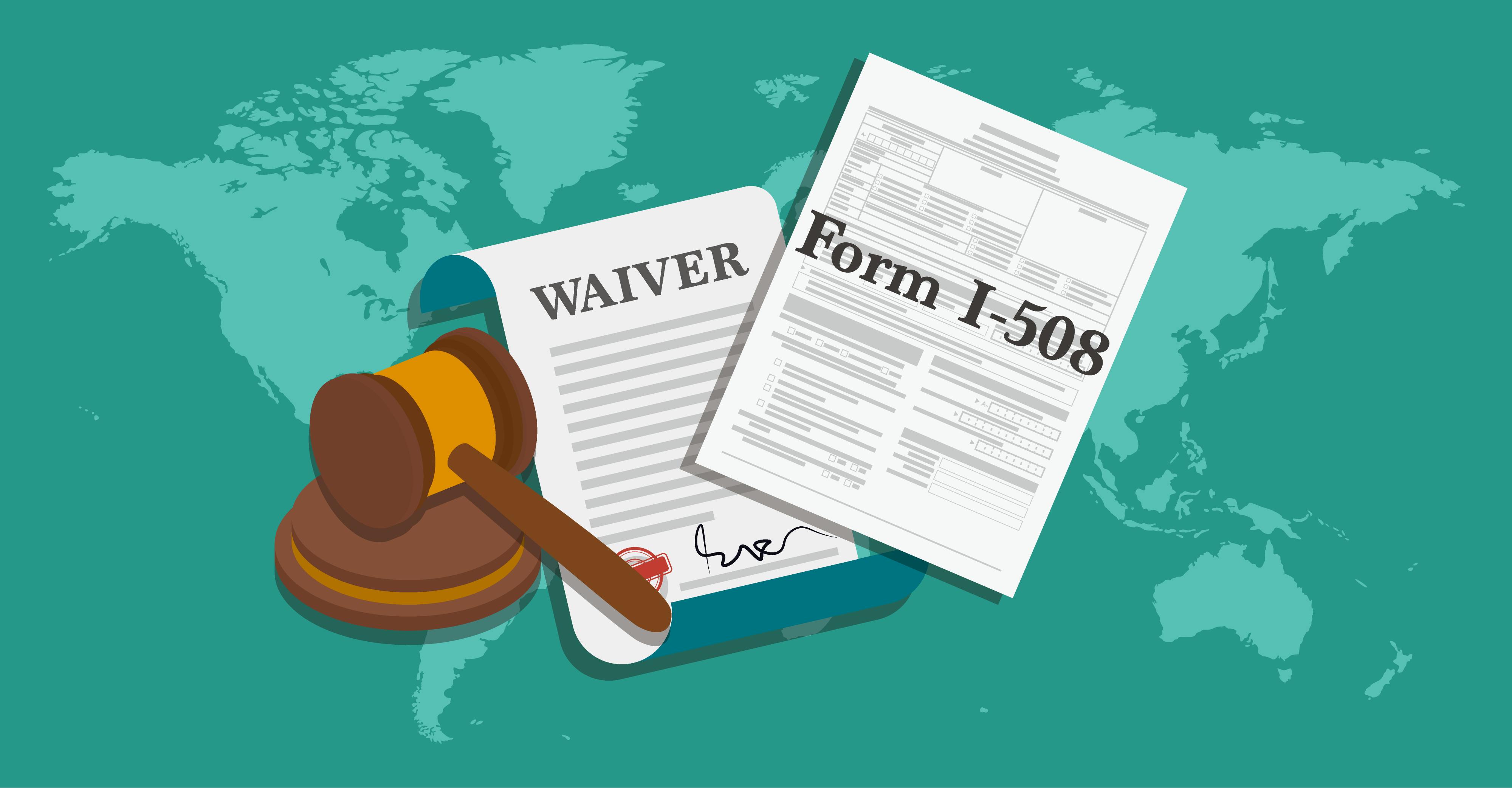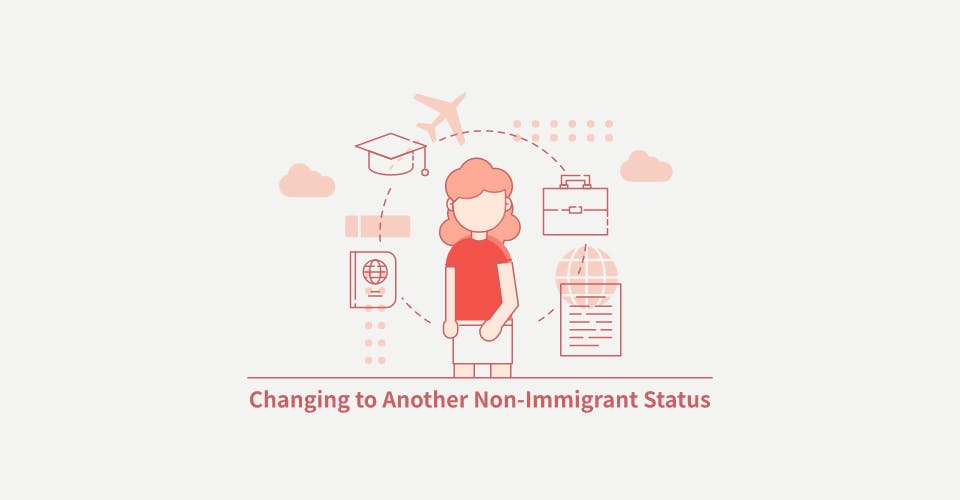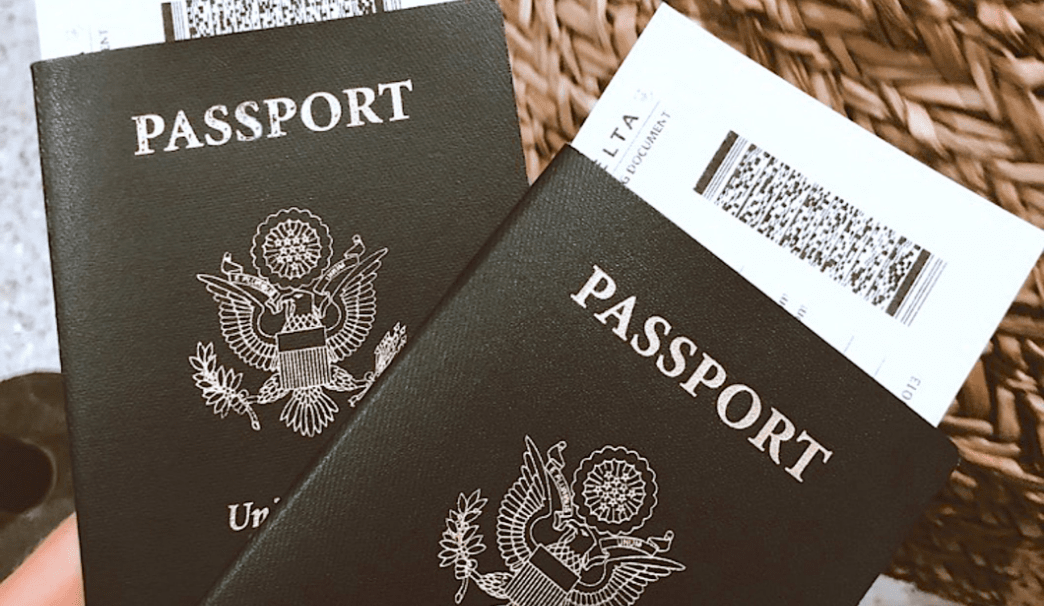This USCIS form should be expressly used by employees who are working for a foreign government mission, but are based in the United States. The United Nations, for example, has its headquarters in New York City, and hosts many employees who are working for foreign governments, but on U.S. soil. As such, such individuals are eligible to apply for the Form I-508.
What does the I-508 Protect Against
The form should be used by immigrants who are legal permanent residents (green card holders) in the United States, and also non-immigrants who are seeking to apply for an adjustment of status in the United States. The form primarily advises these immigrants and nonimmigrants (except French nationals who are covered by a special Convention between France and the U.S.) that they must waive certain diplomatic rights, privileges and immunities and pay US income taxes on the salaries paid them by their foreign governments.
The form I-508 protects against capital flight from leaving the country, and also helps verify that those working on U.S. soil are paying their income taxes in America. For employees who are green card holders who do not file their I-508 and waive their immunities and other special powers, they risk losing their LPR status altogether, and may be adjusted by the USCIS to non-immigrant status. Likewise, non-immigrants who do not file their I-508 risk becoming inadmissible to file an I-485 application. This is part of U.S. immigration law that seeks to put limits on diplomatic privileges and powers for those who are looking to remain green card holders.
It could also very well be the case that an employee on a non-immigrant visa is not interested in giving up their immunities and special privileges, but would also not be able to adjust their status.
Filling out the application
There is currently no filing fee for the I-508 form. The form itself is relatively short and only 6 pages total. In Part 1, the I-508 asks applicants their current mailing address, A-number (if applicable), Social Security number (if applicable), and the name of the mission and organization they are working for, as well as the organizations country address.
In Part 2, the applicant will need to sign their name, attesting to the fact that they seek to acquire or retain lawful permanent resident status, and that they hereby waive and understand that they will no longer be eligible for any and all diplomatic rights, privileges, and immunities that would “otherwise be granted to [them] under any law or executive order because of [their] occupational status”.
Part 3 and Part 4 asks for signatures of an interpreter if needed, and for the principal applicant to check the box if they can read and understand English, and have understood what has been presented to them in the form.
Part 5 asks any other preparer other than the principal applicant to state their name and address, and verify if they are an attorney or not. Part 5 also asks the preparer (if applicable) to sign the waiver and attest to the fact that they have understood all of the information in the form, and have been authorized to provide support in the process of filling it out.














